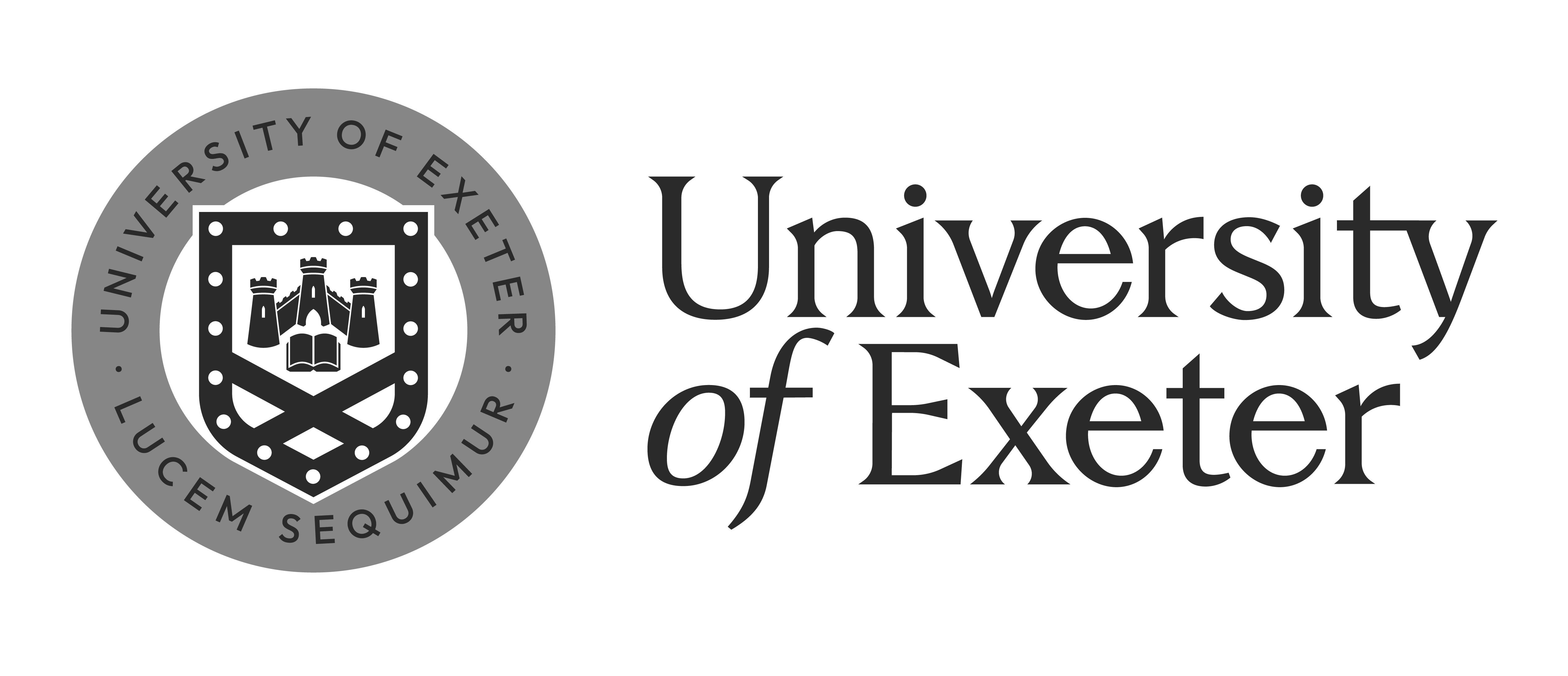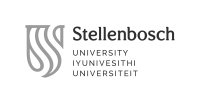F2523 Ports of the Eastern Mediterranean: the Last 2000 Years
Professors
Schedule
Course Description
The eastern Mediterranean basin is a region of fusions and contrasts: sea, beaches, and islands; the center of activity and religious devotion for the three Abrahamic religions; various political entities; multiple nation-states; diverse languages; and a wide array of ethnic groups. This reality of close contact with 'others' of various types leads to both tolerance and acceptance, as well as aversion to strangers. By focusing on the ports, the spaces where all these fusions took place, the course peels back the different layers of these complexities, from late Antiquity to the 21st century. The reading materials and class discussions will primarily focus on, but are not limited to, the cities of Venice, Genoa, Thessaloniki, Constantinople/Istanbul, Izmir, Beirut, Acre, Jaffa, Gaza, and Alexandria.
Learning outcomes
Students will develop critical thinking skills regarding the terms 'the Mediterranean Basin' and 'the Eastern Mediterranean' as historical and analytical units. They will gain an understanding of the human-environment relationship between sea and land. Additionally, students will explore attitudes toward the 'other' and hybrid identities in various historical contexts. Finally, students will examine the impact of nationalistic claims to exclusive identity on multiculturalism in the Eastern Mediterranean and connect these concepts to contemporary popular culture.
Teaching and evaluation method
The course is organized thematically. Each week, we will explore a topic related to Mediterranean historical realities through the lens of port cities, examined across diverse historical contexts. We will begin by conceptualizing the Mediterranean Sea as an analytical framework for historical inquiry, then focus on the Eastern Mediterranean, and gradually expand our view to explore key themes that reveal patterns of similarity and difference regarding diversity and hybridity from Antiquity to the 21st century.
For each topic, course materials will include both scholarly texts and popular culture sources, with students selecting and sharing relevant examples. Academic readings will be divided among students, each responsible for explaining their assigned portion to the class.
Assessment: Active participation in class discussions (25% of the final grade); 5-minute presentations on popular culture pieces related to course themes (25% of the final grade), and a take-home exam at the end of the semester (50% of the final grade).
Weekly topics and reading materials (divided among participants)
Week 1 // The Mediterranean Basin: A historical analysis unit?
• Braudel, Fernand. The Mediterranean and the Mediterranean World in the Age of Philip II, trans. S. Reynolds. New York: Harper & Row, 1972. Vol. 1, pp. 5-10 (Contents), pp. 13-22 (“Prefaces”), 23-24 (Part One: “The Role of the Environment”), pp. 353-354 (Part Two: “Collective Destinies and General Trends”); vol. 2, pp. 649-653 (Contents – continued), 892-900 (By Way of Conclusion: Conjuncture and Conjunctures), pp. 901-903 (Part Three: “Events, Politics and People”), pp. 1238-1244 (“Conclusions”).
• Horden, Peregrine and Nicholas Purcell. “Mediterranean Connectivity: A Comparative Approach,” in New Horizons: Mediterranean Research in the 21st Century, eds. M. Dabag, D. Haller, N. Jaspert, and A. Lichtenberger. Paderborn: Wilhelm Fink/Ferdinand Schöningh, 2016. Pp. 211-224.
• Ivetic, Egidio. History of the Adriatic: A Sea and Its Civilization. Polity, 2022. Chater One: “A Minimal Mediterranean,” pp. 12-35.
Weeks 2-3 // Eastern Mediterranean Basin: A historical analysis unit?
• Tziampiris, Aristotle. "The New Eastern Mediterranean as a Regional Subsystem," in The New Eastern Mediterranean: Theory, Politics and States in Volatile Era, eds. Spyridon N. Litsas and Aristotle Tziampiris. Cham: Springer, 2019. Pp. 1-30.
• Dumont, Paul. "Salonica and Beirut: The Reshaping of Two Ottoman Cities of the Eastern Mediterranean," in Ottoman Legacies in the Contemporary Mediterranean: The Balkans and the Middle East Compared, eds. Eyal Ginio and Karl Kaser. Jerusalem: The European Forum of the Hebrew University, 2013. Pp. 189-207.
• Ghezzi, Renato. “North Italian Ports and the Levant in the 16th and 17th Centuries,” in Reti marittime come fattori dell’integrazione europea / Maritime Networks as a Factor in European Integration, ed. Giampiero Nigro. Firenze: Firenze University Press, 2019. Pp. 495-505.
• Mansel, Philip. Levant: Splendour and Catastrophe on the Mediterranean. London: John Murray, 2010. “Introduction,” pp. 1-4; “The Vineyards of Pera,” pp. 5-15.
Weeks 4-6 // Sea and land
• Epstein, Steven A. Purity Lost: Transgressing Boundaries in the Eastern Mediterranean, 1000-1400. Baltimore: The Johns Hopkins University Press, 2006. “Mixed Relationships in the Archipelago,” pp. 52-95.
• Leiser, Gary. Prostitution in the Eastern Mediterranean World: The Economics of Sex in the Late Antique and Medieval Middle East. London: Tauris, 2017. Chapter One: “Public Women in the Eastern Mediterranean World in Late Antiquity,” pp. 1-47; “Summary,” pp. 253-256.
• Bosker, Maarten, Steven Brakman, Harry Garretsen, Herman De Jong, and Marc Schramm. “Ports, Plagues and Politics: Explaining Italian City Growth 1300–1861”. European Review of Economic History, 12 (2008), pp. 97-131.
• Philipp, Thomas. "Acre, The First Instance of Changing Times," in The Empire in the City: Arab Provincial Capitals in the Late Ottoman Empire, eds. Jens Hanssen, Thomas Philipp, and Stefan Weber. Beirut: Ergon Verlag Würzburg, 2002. Pp. 77-92.
• Kozma, Liat. Global Women, Colonial Ports: Prostitution in the Interwar Middle East. Albany: State University of New York Press, 2017. Chp. 3: “Mapping Mobility,” pp. 79-101.
• Fuhrmann, Malte. Port Cities of the Eastern Mediterranean: Urban culture in the Late Ottoman Empire. Cambridge University Press, 2020. Part I: “Introduction,” pp. 3-35; Part IV: “Europe and the Eastern Mediterranean Revisited,” pp. 405-415.
• Kolluoğlu, Biray and Meltem Toksöz. “Mapping Out the Eastern Mediterranean: Toward a Cartography of Cities of Commerce,” in Cities of the Mediterranean: From the Ottomans to the Present Day, eds. Biray Kolluoğlu and Meltem Toksöz. London: Tauris, 2010. “Mapping Out the Eastern Mediterranean: Toward a Cartography of Cities of Commerce,” pp. 1–22.
Weeks 7 – 9 // Hybridity: Society, ethnicity, religion, and culture
• Hopwood, Keith. “A Shared Heritage: Byzantine and Ottoman Views of the Classical Monuments of Istanbul,” in Archaeology, Anthropology and Heritage in the Balkans and Anatolia: The Life and Times of F. W. Hasluck, 1878–1920, ed. David Shankland. Istanbul: Isis Press, 2004. Pp. 201-213.
• Vryonis, Speros. “Religious Changes and Patterns in the Balkans, 14th-16th Centuries,” in Islam and Cultural Change in the Middle Ages, ed. S. Vryonis. Wiesbaden: Otto Harrassowitz, 1975. Pp. 127-140.
• Sher, Roy. My Sweet Canary, a doco film on the rebetiko singer Roza Eskenazi, 2011.
Weeks 10 – 12 // The National Era: Exclusive frameworks?
• Ginio, Eyal. “Paving the Way for Ethnic Cleansing: Eastern Thrace during the Balkan Wars (1912-1913) and Their Aftermath,” in Shatterzone of Empires: Coexistence and Violence in the German, Habsburg, Russian, and Ottoman Borderlands, eds. Omer Bartov and Eric Weitz. Bloomington, IN: Indiana University Press, 2013. Pp. 283-297.
• Hayden, Robert M. and Slobodan Naumović. "Imagined Commonalities: The Invention of a Late Ottoman ‘Tradition’ of Coexistence," American Anthropologist, 115 (2/2013), pp. 324–334.
• Mazower, Mark. Salonica, City of Ghosts: Christians, Muslims and Jews 1430-1950. New York: A.A. Knopf, 2004. “Introduction,” pp. 3-13.
• Driessen, Henk. “Mediterranean port cities: Cosmopolitanism Reconsidered,” History and Anthropology, 16 (2005), pp. 129-141.
• “Lost Worlds of the Mediterranean,” on National Geographic YouTube channel.
Last updated: July 21, 2025


















